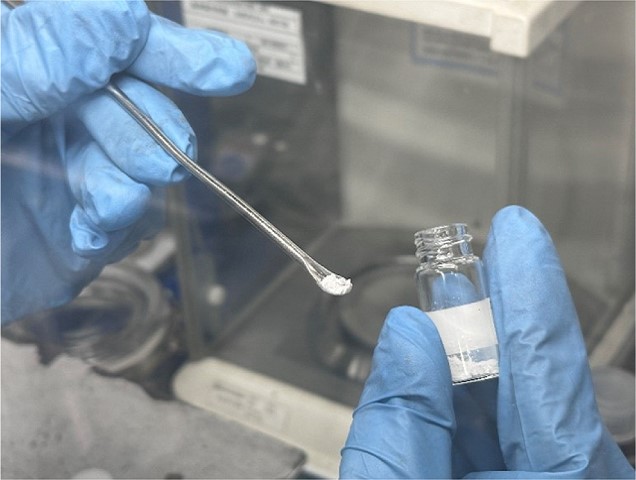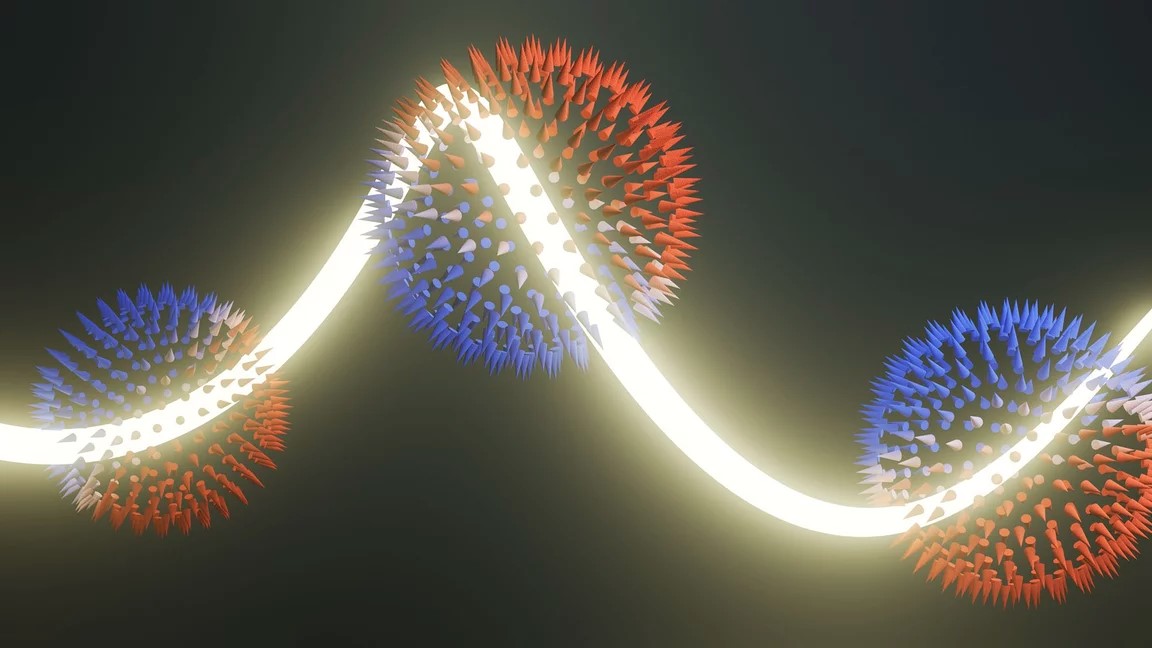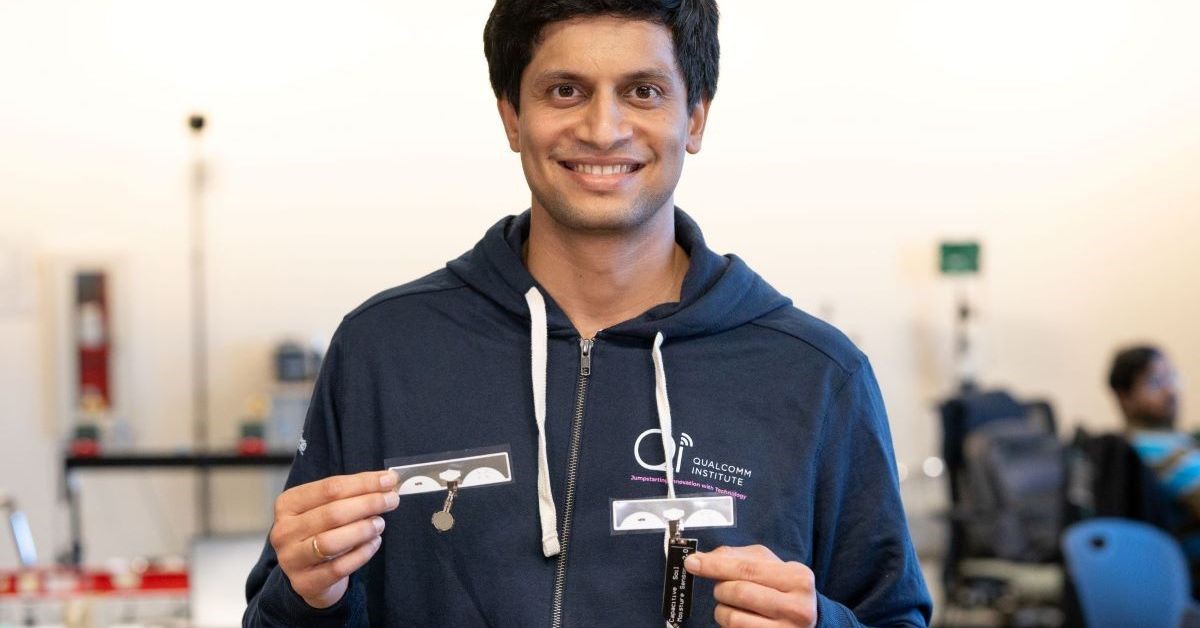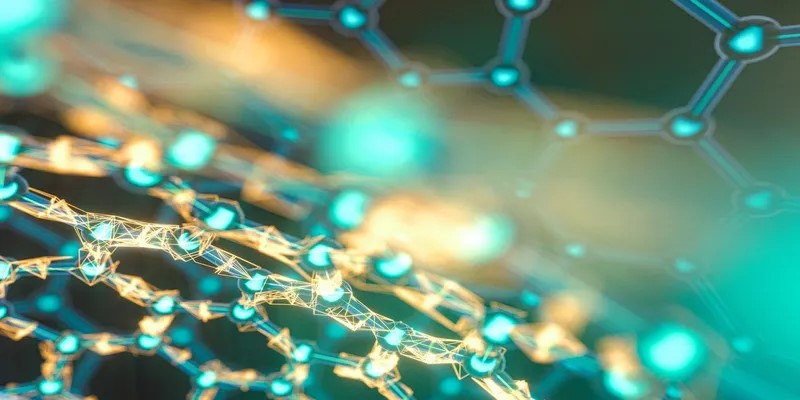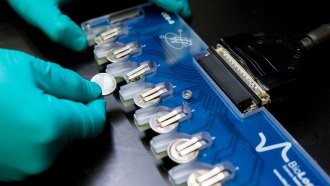Breakthrough Technique Boosts Capacity of Sodium-Ion Batteries: A Safer, Cheaper Alternative to Lithium-Ion
Researchers have unveiled a pioneering solution to enhance the capacity of sodium-ion batteries, providing a promising alternative to lithium-ion technology. The breakthrough, recently published in Applied Physics Reviews, was a joint effort led by Professor Oleg Kolosov from Lancaster University and Professor Zhigao Huang from Fujian Normal University, with significant contributions from Associate Professor Yue Chen, affiliated with both Lancaster and Fuzhou universities [1].

Figure 1. Batteries.
Figure 1 shows batteries. Professor Kolosov emphasized the importance of this research: “Nanoscale studies of rechargeable storage are essential for the development of new, efficient and safe batteries. This study will enable a cheaper and safer energy storage alternative to lithium-ion batteries, with lithium being much scarcer and more difficult to mine compared with sodium batteries. This fundamental research is expected to ultimately enhance the cycle stability, lifespan, and capacity of batteries.” [2]
At the heart of this advancement is a novel technique known as electrochemical ultrasonic force microscopy (EC-UFM). This method enables nanoscale imaging of battery interfaces in real time, or operando, an achievement that was previously unattainable with conventional electrochemical characterization methods [3]. EC-UFM provided new insights into the formation and properties of the solid-state interphase (SEI)—a critical factor influencing the battery's capacity, power, and longevity.
This innovation, developed as part of the NEXGENNA Faraday Institution project, addresses a long-standing challenge in sodium-ion batteries. By using a solvent to facilitate the co-intercalation of sodium into the carbon electrode, researchers discovered a way to guide the formation of the SEI layer during charging and discharging. This precise control over SEI formation allows for the efficient transfer of charge carriers between the electrolyte and electrode, leading to high-performance and long-lasting sodium-ion batteries.
Source: Lancaster University
References:
- https://www.eurekalert.org/news-releases/1048817
- https://www.techbriefs.com/component/content/article/51681-cheaper-and-safer-battery-storage
- https://www.chemeurope.com/en/news/1183854/research-to-enable-cheaper-and-safer-battery-storage.html
Cite this article:
Hana M (2024), Breakthrough Technique Boosts Capacity of Sodium-Ion Batteries: A Safer, Cheaper Alternative to Lithium-Ion, AnaTechmaz, pp. 75


